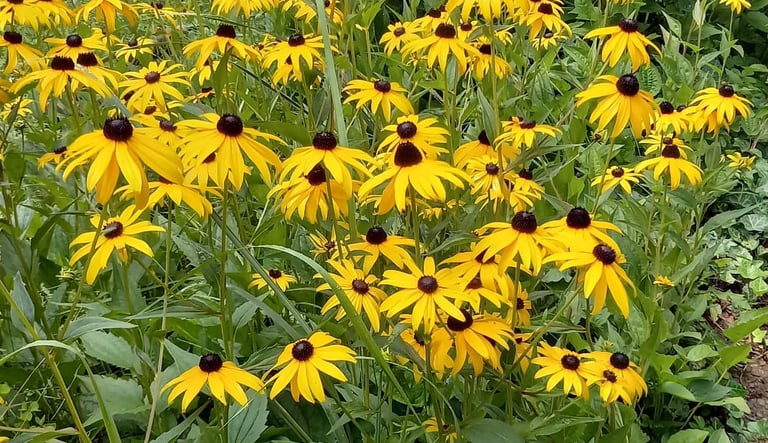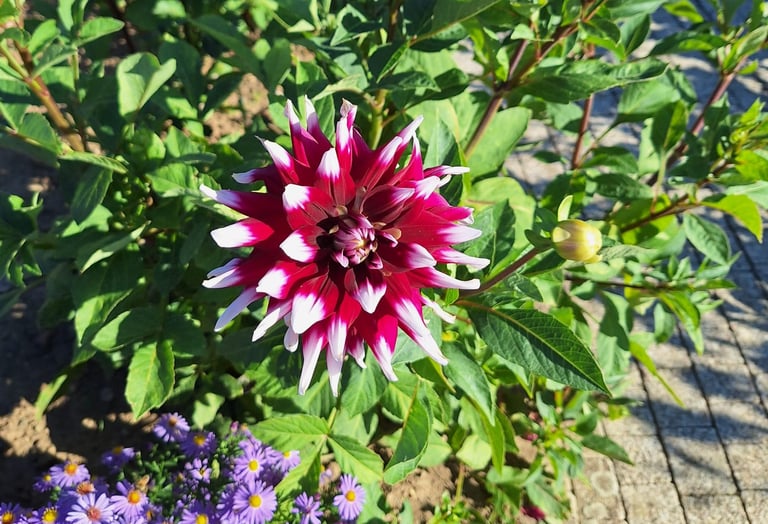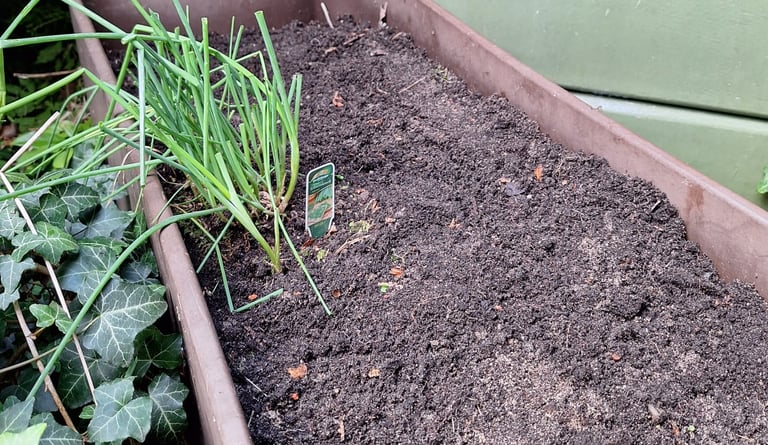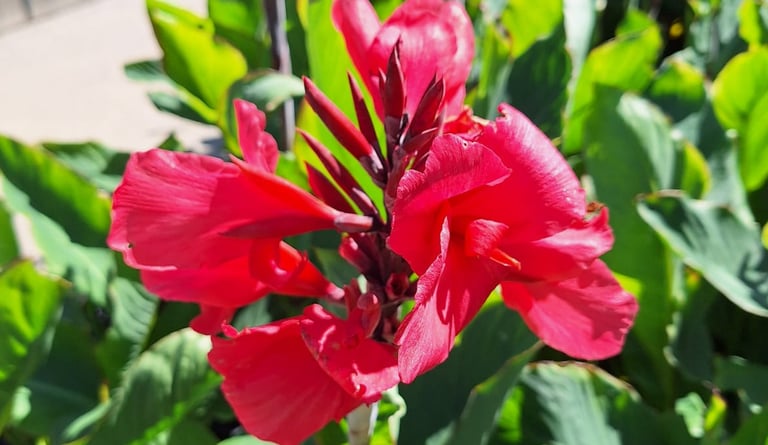How and How Often to Fertilize Plants Naturally
The Best Way to naturally fertilize your plant is to add organic materials like compost, manure, and homemade mixes and then apply them based on the plant's specific needs and growth cycles.
It is best to fertilize your plants every three to four weeks.






The Essentials of Natural Fertilization
After plenty of experiments and projects with plants, we can say that fertilizing any plant no matter whether potted plants or houseplants even when you plant annuals is beneficial because fertilization gives your plants the necessary nutrients for growth which leads to more flowers and fruit production.
The Important Nutritional Needs of a Plant
When it cones to garden plant maintenance every plant has unique nutritional requirements. Most need a balanced mix of nitrogen (N), phosphorus (P), and potassium (K), alongside micronutrients like calcium and magnesium. You have to research the needs of your plants in order to fertilize correctly.
How Often Do You Need to Idealy Fertilize Your Plants?
When it comes to fertilization we tested different timelines but one worked the best:
Every three to four weeks.


Option 1: Crafting Homemade Organic Fertilizers
Compost: The cornerstone of natural fertilizing, rich in nutrients and microorganisms. Our experts use this method more often than we can count.
Manure: Well-composted manure is a nutrient-rich option but use sparingly to avoid nitrogen burn.
Coffee Grounds: Excellent for acid-loving plants, providing nitrogen and lowering soil pH.
Eggshells: We often fertilize with this method because it works quite well, crushed eggshells offer calcium which promotes strong cellular development in plants.
Banana Peels: Decomposing peels release potassium, essential for flower and fruit development. When we tested this method it had great results but you need to place more than one peel for effective results.
Expert Tip: All these materials work amazingly well for various natural composting methods and are also great ingredients for composting, which also benefit plants because compost makes the soil richer and can act as a natural fertilizer.
Option 2: Standard Fertilization Options
If you want to use conventional fertilizers, it’s essential to understand the range and application:
Synthetic Fertilizers: Offer quick nutrient fixes with specific N-P-K ratios, suitable for immediate growth needs.
Water-Soluble Fertilizers: Easily dissolved for both foliage and soil application, providing fast nutrient uptake.
Slow-Release Granules: Gradually nourish plants over time, minimizing over-fertilization risks and reducing application frequency.
Liquid Concentrates: Quick-absorbing and versatile, perfect for addressing immediate nutrient deficiencies.
Micronutrient Supplements: Targeted solutions for specific nutrient shortfalls, ensuring balanced plant nutrition.










How to Fertilize Yout Plants: A Simple Step-by-Step Process
Test the Soil: Begin with a soil test to identify nutrient deficiencies and adjust your fertilization plan accordingly. (It is a difference if you are growing beets, radishes, or herbs)
Apply at the Right Time: Fertilize during the growing season when plants can best utilize the nutrients. Early morning or late afternoon is ideal to avoid rapid evaporation.
Distribute Evenly: Spread granular fertilizers evenly around the base of the plant, avoiding direct contact with stems or leaves to prevent burn.
Water After Application: For granules and powders, water the area lightly to help the fertilizer penetrate the soil without washing it away.
Follow Directions: With liquid fertilizers, dilute as instructed and apply to the soil at the base of the plant, ensuring even coverage.
Special Considerations for Other Garden Settings
In Pods: Incorporate a slow-release, organic fertilizer into the potting mix before planting.
In Water (Hydroponics): Use a water-soluble, organic nutrient solution, maintaining proper concentration levels.
Indoor Plants: Apply diluted liquid organic fertilizers, like compost tea, every 3-5 weeks during active growth periods.






Sources
Nature and Sustainability uses only high-quality sources, including peer-reviewed studies to support the facts we describe in our articles. Please read our editorial policy to learn more about how we keep our content accurate, reliable, and trustworthy.
Benefits of fertilizing: Soil Health, Drainage, and Improving Soil | University of Maryland Extension (umd.edu)
General information on fertilizing plants: Innovative plant fertilization study awarded significant NSF grant | College News (uky.edu), Houseplant Fertilization | Home and Garden Education Center (uconn.edu), Fertilizer Basics | Cooperative Extension | University of Delaware (udel.edu)
The nutrients a plant needs: Essential Nutrients for Plants - Texas A&M Agrilife Extension Service (tamu.edu), Plant nutrition for sustainable development and global health - PMC (nih.gov)
When to fertilize your plants: Fertilizer Application Times - Best Time Of Day And Time Of Year For Fertilizing | Gardening Know How
Types of plant fertilizers: Types Of Fertilizers: Different Compositions, Origins, And Forms (eos.com)
Share this article:




Article By:
Calin has been in the garden industry for 5 years and knows a lot about gardening and plants. He owns this website and is responsible for most of the content.
Reviewed By:


Florin, a more technical guy, is responsible for designing, reviewing updating the articles but also optimizing for SEO so that everything we publish is deam good.


